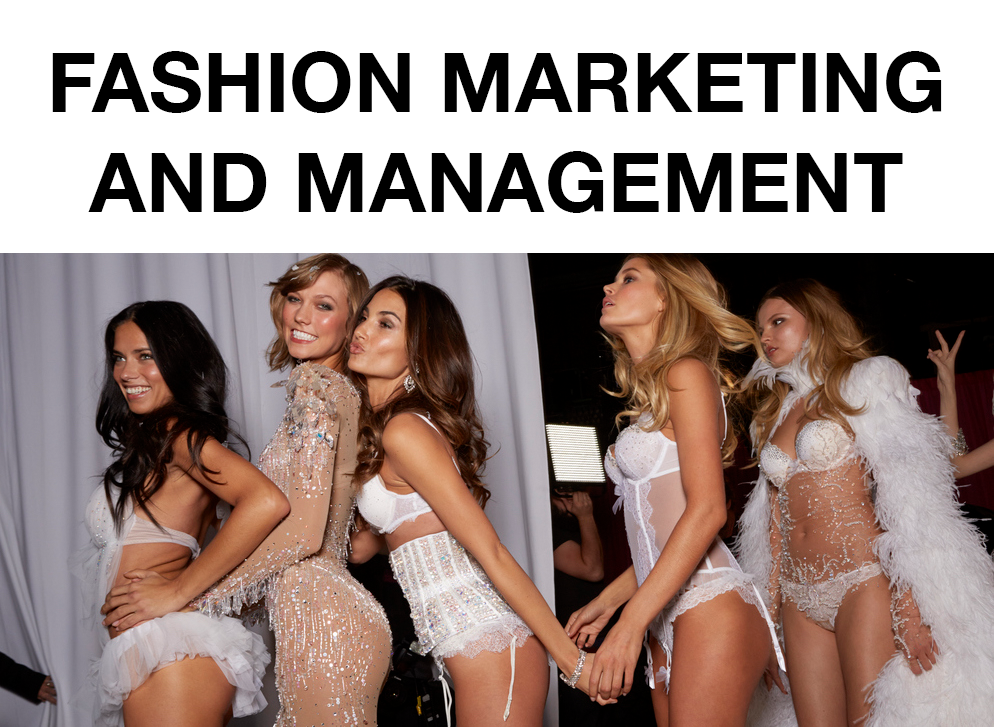Lecture Notes - Social Media and Influencer Marketing
January 28, 2019Social Media & Influencer Marketing
Social Media, Scale and Dominance
Influencer economy worth $1.6 billion in 2018
Social media and Generation Z…
- 24 & under
- 40% of population by 2020
- Indirect buying power of over 1 trillion dollars in US alone
- Brands competing for attention
- Digital natives; connecting and consuming
- More aware, conscious and critical than ever
- Access Instagram average 16 times a day
Globally…
- 40.7 million social media users in UK aged 18 and over, 80% of adult population
- Over 1 billion daily Instagram users internationally
In UK…
- More than 1 in 5 (22%) Brits use Instagram daily
- 13% more likely to be a student
- 48% say use instagram more than they did a year ago
- Buying decisions Gen Z influenced by YouTube (48%) and Instagram (50%)
Pros
- Essential to daily life
- Allows us to make better connections and collaborations
- Allows for better buying decisions
- Allows for inspiration
Cons
- Allows for smarter audience - seeing what’s ‘real’ and ‘fake’
- More critical outlook, opens doors for ‘toxic’ self-comparisons
- Living in the ‘digital-world’ opposed to the ‘real-world’
- Fear of missing out and staying ‘connected'
Advertising and Social media
Brands are…
- Trying to create appropriate, authentic content which connects with hearts and minds of target consumers.
- Competing against each other in a growing and crowded market
- Becoming aware of their consumers needs and desires; diversity, representation, empowerment, purpose.
Using social for…
- Establish presence across major platforms
- Create shareable content
- Gather feedback/insights
- Create ‘loyal’ consumer base to improve credibility
- Directly sell products
- Use ‘influencer marketing’
- Share news
Why use instagram for brand advertising?
- Visual content is 40x more likely to get shared on social media than other types of content
- Video content is 8x more likely to be engaged with than photo based content
- Brands are seeing a per-follower engagement rate of 4.21%, which is 58 times higher than on Facebook, and 120 times higher than on Twitter.
- 90% of instagram users are younger than 35
- 32% of teenagers consider instagram to be the most important social media network
- Female more likely to use instagram than men, 38% vs 26%
- Posts tagged with another user (56%) or location (79%) have significantly higher engagement rate
- Instant access to insights
Pros
- Easy to target International audience
- Easy to measure interaction and engagement
- Consumers choose how they want to receive their marketed content
- Good for brand development
- Benefits ‘collaborators/influencers’
Cons
- Crowded platforms/industry
IM (Influencer Marketing)
Focuses on targeting key industry leaders to drive brand message and awareness to a specific market of consumers via Social Media platforms.
IM represents a unique opportunity for advertisers to instruct, inspire and intrigue potential buyers regarding their products and the benefits those products deliver through key ‘content creators’.
Influencer Tiers:
Different levels of influencers have different levels of reach and respectively, different audiences.
In all fashion circles, all different levels will be used in different ways, by different brands, depending on needs and budget, for example.
- Nano: 1k-10k
- Micro: 10k-50k
- Mid/Medium: 50k-500k
- Macro: 500k-1 million
- Elite/‘Celebrities’: 1 million - 5 million
Influencers Marketing & Fashion…
- Sponsored content (post/stories/videos/IG TV/YouTube videos)
- Brand collaboration
- Brand led events and trips
- Reviews and blog posts
- Brand Ambassadors
- ‘Gifted’ content
- In-store events. Meet & greets
How the role of influencer marketing is changing…
- Influencer marketing no longer ‘new’
- Tiers of influencers continue to evolve and change
- Influencers are also ‘content creators’
- Influence is a strategy, not a tactic
- Brands increase investment
- Increasing eye on guidelines, disclosure and legality
- The viewer/consumer is becomings more ‘savvy’ and ‘aware’
325% INCREASE IN THE SEARCH TERM FOR ‘INFLUENCER MARKETING’ IN THE LAST 2 YEARS.
Why brands choose influencer marketing
- 70% of millennials influencers by their peers in buying decisions
- 30% of consumers are likely to buy product recommended by a non-celebrity influencer
- 39% of marketers were planning on increasing their Influencer Marketing budgets in 2018
- 70% of teenage YouTube subscribers said they relate more to content creators than celebrities
- 81% of consumers frequently purchase items they’ve seen on social media
How brands measure sales from influencer marketing…
- Affilate links
- Promo codes
- Measurable insights - impressions & engagement
- Google analytics/SEO (search engine optimisation)
- Website/blog ‘clicks’
- Measured sales/sign-ups
- Increase of follows
- Reposted content
Importance of Insights:
- Shows how well a page is performing - follows/views
- Shows engagement in relation to a specific piece of content
- Website click-through
- Email click-through
- Comparisons between posts/influencers/pages
- Tracks page growth
- Information on best performing times of day for content to be shared, viewed and engaged with
Brand Considerations for Influencer Partnerships
What do brands look at in influencers?
- Audience demographic
- Engagement and impressions of their content
- Aesthetic and narrative of their posts
- Sell-through of products and/or services
- Platforms of use
- Scale and locations
- Ethics and beliefs




0 comments